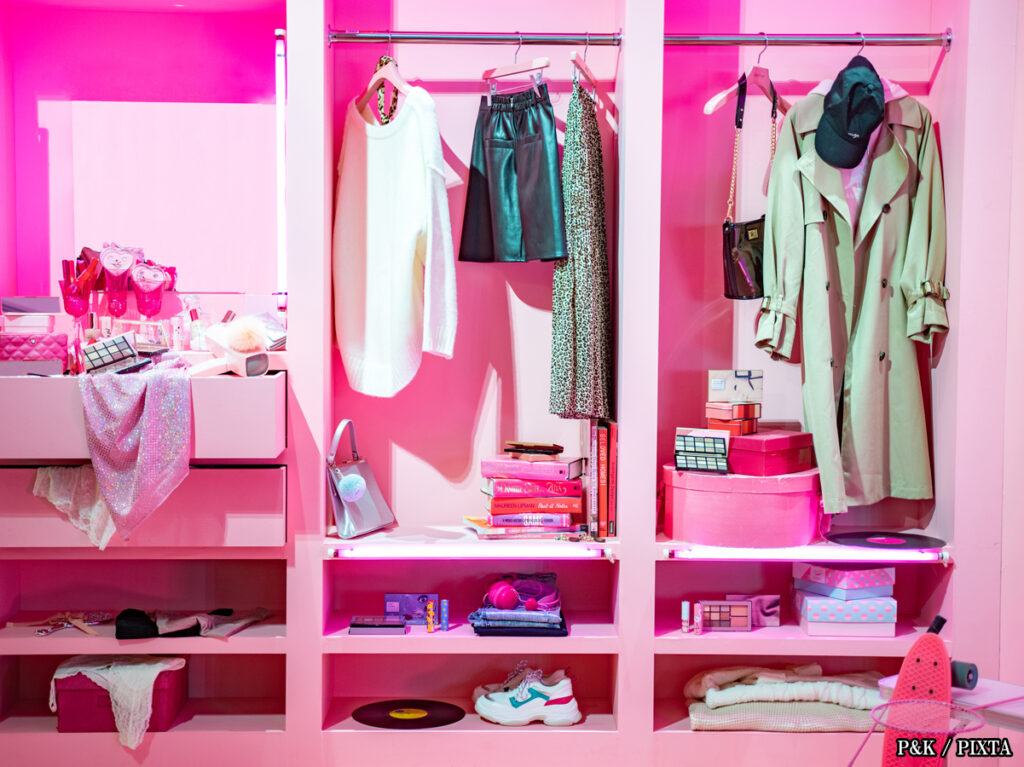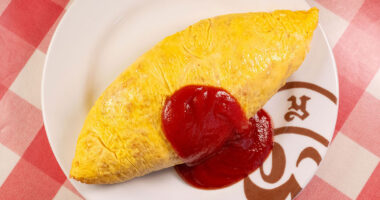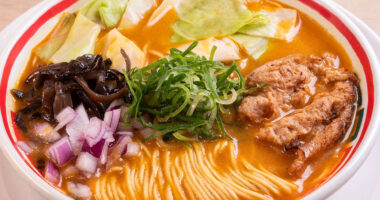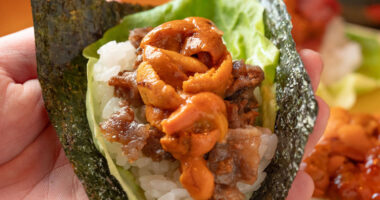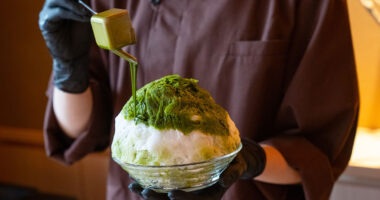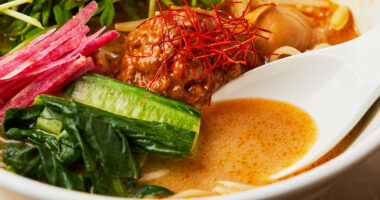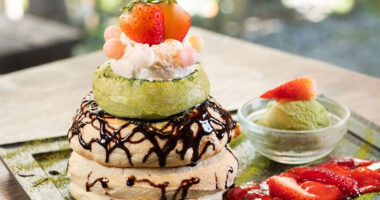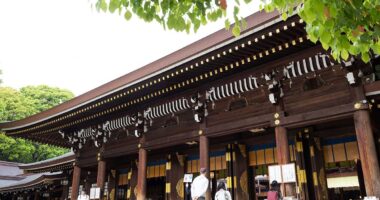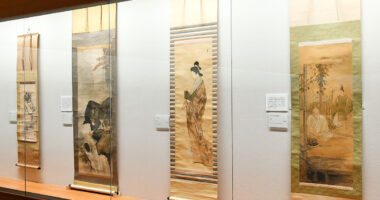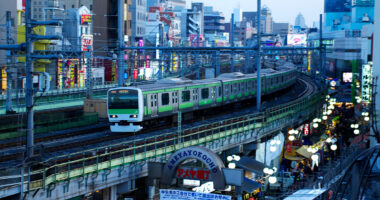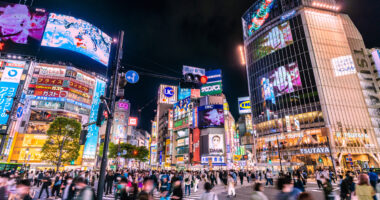Few places capture the spirit of youthful creativity like Harajuku. Located just a short walk from the urban elegance of Omotesandō, this vibrant Tokyo district pulses with self-expression. At its heart is Takeshita Street, a narrow pedestrian road that has become a runway for bold individuality. Here, fashion is more than just clothing—it’s identity, statement, and sometimes even rebellion.
As you stroll through Takeshita Street, you’ll find yourself in a living collage of colors, textures, and genres. From whimsical frills to punk edge, Harajuku street fashion offers a window into Japan’s ever-evolving youth culture. In this guide, we’ll break down five of the most iconic styles you’re likely to spot as of April 2025—and maybe even be inspired to try. Whether you’re an observer or a trendsetter, one of these styles might just be your fashion soulmate.
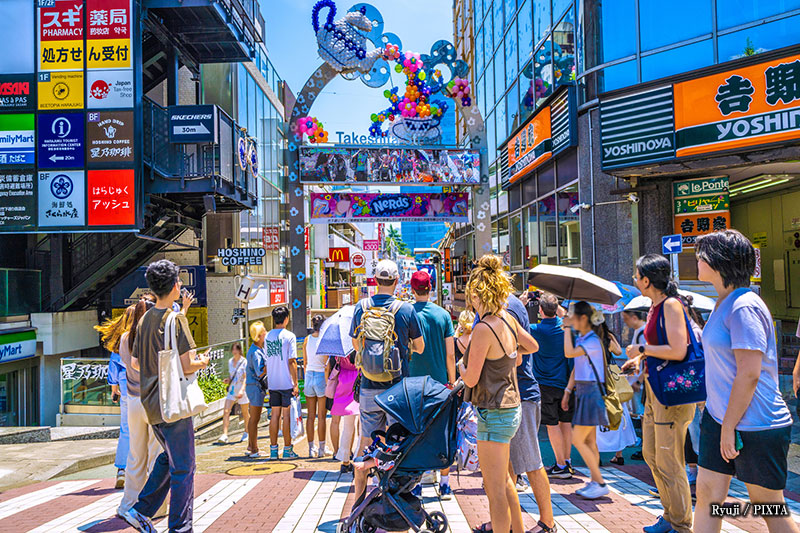
Photo for illustrative purposes
Kawaii style: sweet, playful, and unapologetically cute
The word kawaii means “cute” in Japanese, but in Harajuku, it’s a full-on aesthetic. This look is all about embracing the joy of childhood whimsy with a sugary twist. On Takeshita Street, kawaii fashion stands out with pastel hues, oversized accessories, and a layering of textures that feels both cozy and theatrical.
What to look for
- Colors: Soft pink, lavender, baby blue, mint green
- Pieces: Frilly skirts, petticoats, cartoon-print hoodies, platform sneakers
- Accessories: Plush toys as handbags, bows, animal ear headbands, decorative band-aids
The cultural roots of kawaii fashion date back to the 1970s and 1980s, when Japanese pop idols, manga, anime and video games began to influence how teens dressed. Over time, it evolved into a style that prioritizes softness and innocence, often challenging mainstream ideas of adulthood and gender roles.
Kawaii fashion also connects deeply with Japan’s otaku (pop culture enthusiast) subculture, making it a favorite among anime and manga fans. But more than anything, it’s a celebration of joy and individuality.
One prominent offshoot of kawaii currently enjoying renewed popularity on Takeshita Street is Decora Kei—characterized by a delightful overload of colorful accessories, stickers, and trinkets layered together in a cheerful and intentionally excessive style. Another recent substyle you might spot is Jirai Kei, a playful yet melancholic fashion that blends pastel colors with darker themes. Both styles continue to evolve and offer new twists on Harajuku’s iconic kawaii look.
Gothic lolita: victorian elegance with a dark twist
If kawaii is light and sweet, Gothic Lolita is its mysterious cousin. Inspired by Victorian and Rococo fashion, this style mixes historical elegance with a distinctly Japanese take on goth. Originating from the Lolita fashion movement, the Gothic variant adds a moody, theatrical flair.
What to look for
- Colors: Black, deep red, navy, white lace accents
- Pieces: Corseted dresses, parasols, lace gloves, petticoats, Mary Jane shoes
- Accessories: Crucifix jewelry, ruffled headdresses, chokers
Gothic Lolita emerged in the 1990s and was heavily influenced by Japanese visual kei bands, whose flamboyant stage costumes merged music with fashion. It’s not about being spooky—it’s about reclaiming beauty in its most dramatic form.
When you see someone in full Gothic Lolita attire, you’re witnessing fashion as performance. The attention to detail is meticulous, from the lace trim to the precise curls of the hairstyle. It’s a style that turns heads and demands appreciation for its craftsmanship.
Other branches of the Lolita fashion spectrum you may spot in Harajuku are Sweet Lolita with pastel colors and girlish motifs, Classic Lolita with muted tones and antique elegance, or Shiro Lolita—a pure white variation, just to name a few.

Photo for illustrative purposes
Y2k revival: retro futurism meets pop culture nostalgia
The early 2000s are back—and Harajuku is embracing the revival with open arms. The Y2K style on Takeshita Street reflects a global trend, but with Japanese flair. Think sparkle, tech-inspired accessories, and playful nods to the pre-smartphone era.
What to look for
- Colors: Metallics, hot pink, silver, electric blue
- Pieces: Low-rise jeans, crop tops, mesh layers, micro handbags
- Accessories: Rhinestone clips, flip phones, tinted sunglasses, chunky belts
Y2K fashion is rooted in a time when pop culture was defined by music videos, early internet aesthetics, and a fascination with the future. In Harajuku, this style also draws from Shibuya-kei—a Japanese subculture known for mixing Western trends with local fashion sensibilities.
This look is often worn with a wink: ironic yet sincere, retro yet modern. It’s perfect for travelers who appreciate a little nostalgia with their fashion fix.
Genderless fashion: breaking norms, blending lines
One of the most forward-thinking styles to emerge from Harajuku is genderless fashion. This isn’t just about androgyny—it’s about expressing personality without the confines of traditional gender expectations. And Takeshita Street is one of the best places to see it in action.
What to look for
- Colors: Neutral tones, monochromes, sometimes bold neons
- Pieces: Oversized shirts, wide-leg trousers, unisex streetwear, layered jackets
- Accessories: Minimalist bags, unique hats, statement earrings
Genderless fashion often draws inspiration from high fashion and streetwear alike. It takes cues from Korean pop idols, Tokyo’s underground club scene, and social movements pushing for greater inclusivity.
This look challenges the viewer to reconsider what clothing can mean. It’s not about trying to pass as any particular gender—it’s about stepping outside the binary entirely.
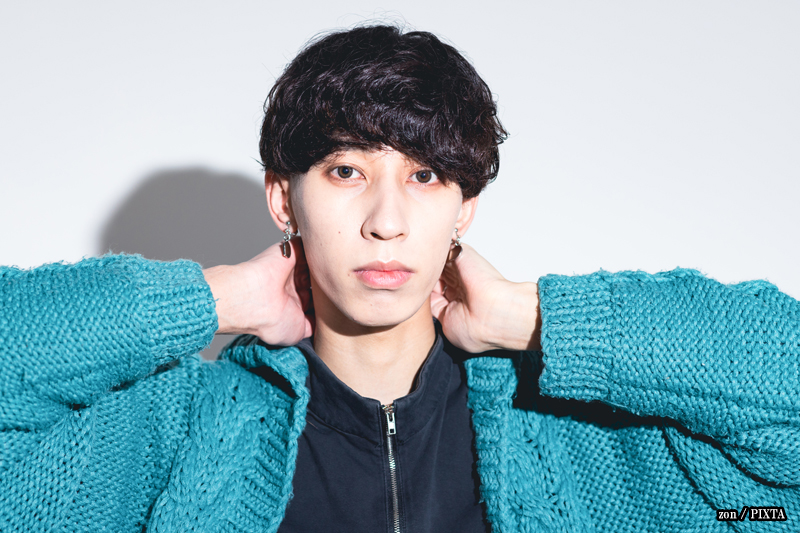
Photo for illustrative purposes
Punk-inspired streetwear: rebellion with style
Rooted in anti-establishment sentiments, punk-inspired fashion in Harajuku has evolved beyond its Western origins. While still drawing on the classic elements of punk—like leather, studs, and tartan—this style also incorporates streetwear and hip-hop influences to create something uniquely Japanese.
What to look for
- Colors: Black, red, camouflage, denim
- Pieces: Ripped jeans, safety pin accessories, combat boots, band tees
- Accessories: Chains, spiked chokers, dyed hair, heavy eyeliner
Harajuku’s punk fashion exploded in the 1990s alongside Japan’s indie rock scene. Today, it’s a melting pot of rebellion and aesthetic innovation. Unlike traditional punk, which may reject fashion altogether, this version embraces style as a form of protest.
What makes punk fashion here distinct is the detail and intentionality—every pin and patch tells a story. On Takeshita Street, it’s not just an outfit. It’s a manifesto.
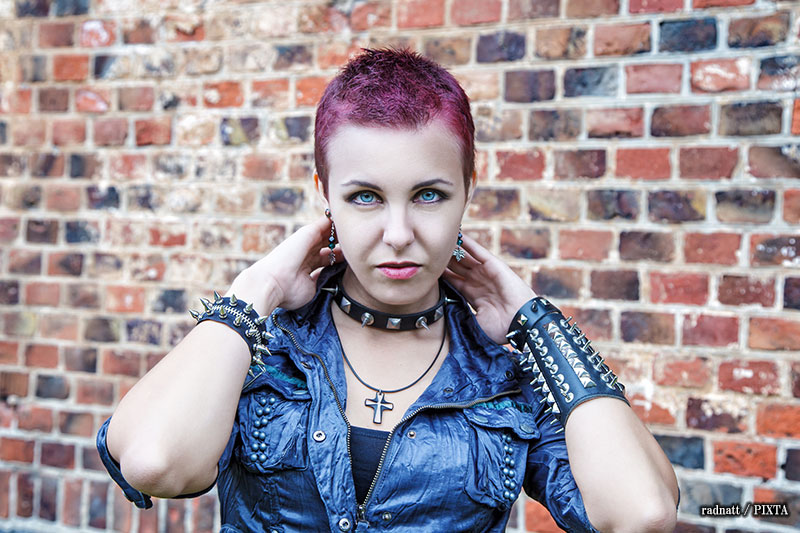
Photo for illustrative purposes
How to observe fashion respectfully
Visiting Takeshita Street in Harajuku offers a front-row seat to some of the world’s most original and expressive fashion. From kawaii culture to punk-inspired looks, every outfit is a unique expression of identity. But as you admire this vibrant Japanese street style, it’s important to follow basic etiquette to ensure your experience is respectful and meaningful—for both you and the people you encounter.
Here are some essential tips for appreciating Harajuku fashion respectfully:
Many individuals dress up to express themselves or participate in fashion communities—not to be photographed by strangers. A polite shashin o totte mo ii desu ka? (“Can I take your photo?”) goes a long way.
If someone’s style catches your eye, a simple phrase like “I love your look!” or “Cool outfit!” is usually welcome. In Japanese, try saying sono fuku, kakkoii desu ne! (“That outfit is cool”), or sono fuku, kawaii desu ne! (“That outfit is cute”). Many in the Harajuku fashion scene are happy to share their creativity with respectful visitors.
These actions can make people feel uncomfortable or objectified. Think of Takeshita Street as a living art gallery where fashion is the medium—look with appreciation, not judgment.
If someone looks busy or uninterested in chatting, it’s best to let them go about their day. While some enjoy being part of the fashion spotlight, others are simply out shopping, meeting friends, or commuting.

Photo for illustrative purposes
By showing curiosity and courtesy, you’ll not only get better photos—you’ll gain deeper insight into Tokyo’s youth fashion culture and the creative spirit that makes Harajuku street style so globally influential.
